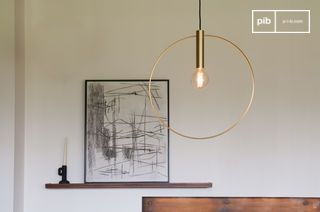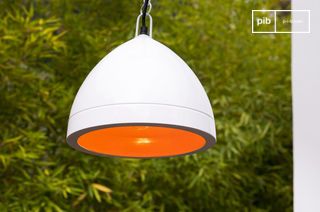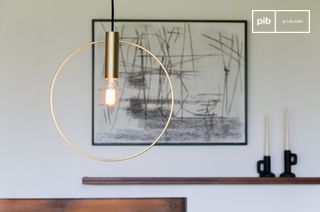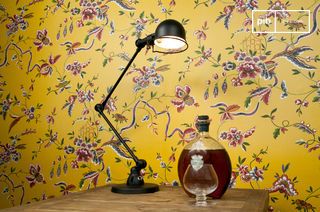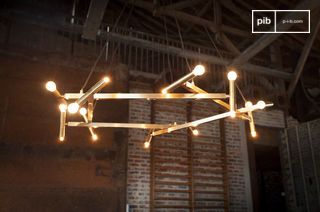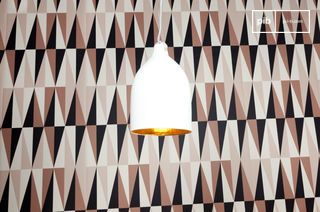Designer lighting
Design luminaires offer a clear formal interpretation, where every line, material and orientation responds to a design logic. This category brings together pieces that structure a space without visual overkill. Design luminaires act as points of tension or graphic markers in interiors organized around clear volumes. Whether suspension, sconce or table lamp, the primary function is to diffuse light while marking the geometry of the space. Our selection favors legible, coherent models that are well-suited to contemporary compositions.
read more >Filters
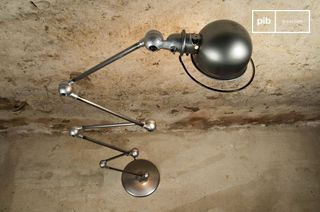
Jieldé lampLoft
€983
10 festive days
10% off our tables and consoles
Welcome your guests in style · Limited stock

Design luminaires: between geometry and function
A design luminaire is distinguished by its precise formal language. It doesn't seek ornament, but coherence between function and expression. Continuous lines, reduced volumes, geometric rhythms: the piece must respond to a use while integrating into space without visual disruption. Here, lighting becomes a structuring tool, where form is never decorative, but designed to interact with architecture. Legibility of design, neutrality of materials and rigorous assembly define this type of luminaire. It is aimed at sober environments, where each object has a clear role.
Typologies and uses of design luminaires
Design luminaires come in pendant, floor, wall and table lamps. Each typology corresponds to a precise function: general lighting, punctuating a volume, visual beaconing or proximity lighting. The choice of model is based on measurable criteria: luminous range, orientation, surface covered, installation height. Then there's the visual interpretation of the project: a cylindrical lampshade, an articulated arm or a graphic base translate design intentions. The aim remains constant: to combine clarity of lighting and formal logic, without overload or stylistic ambiguity.
Materials and finishes with a logic of integration
A designer luminaire employs visually stable materials: painted metal, brushed aluminum, opal glass, smooth ceramic. Matt or satin finishes dominate to avoid reflective effects that disrupt the reading of shapes. Black, white, grey, mineral or metallic tones are preferred for their compatibility with architectural materials. The object fits into the space without trying to stand out. It accompanies, beacons or articulates an area, while maintaining a continuity of tone and texture with its immediate surroundings.
In short, designer luminaires fit into projects where light, form and function must coexist with precision. They don't seek to attract the eye, but to organize space. This selection brings together models designed with this in mind: formal rigor, defined use, and discreet integration.

